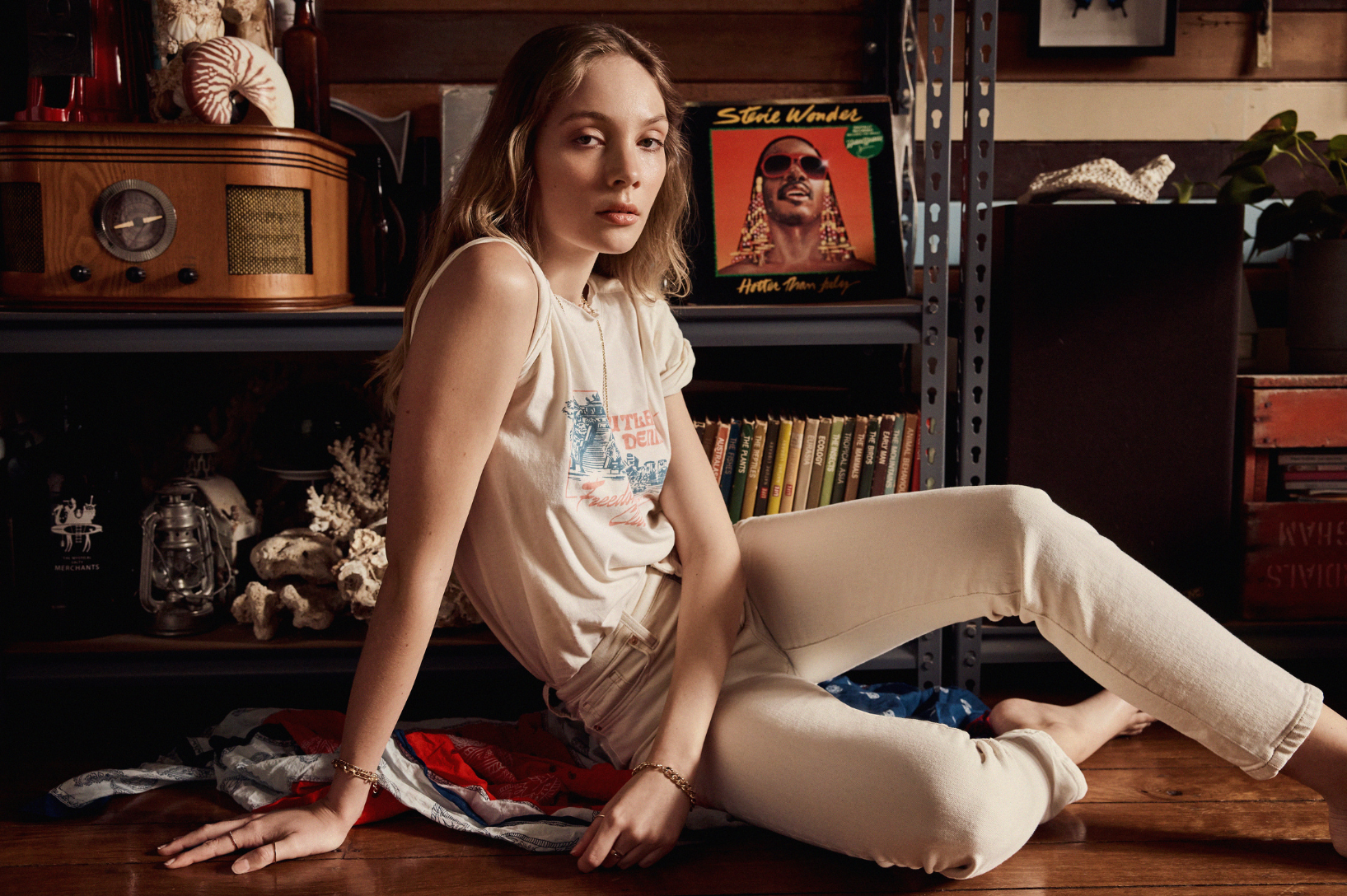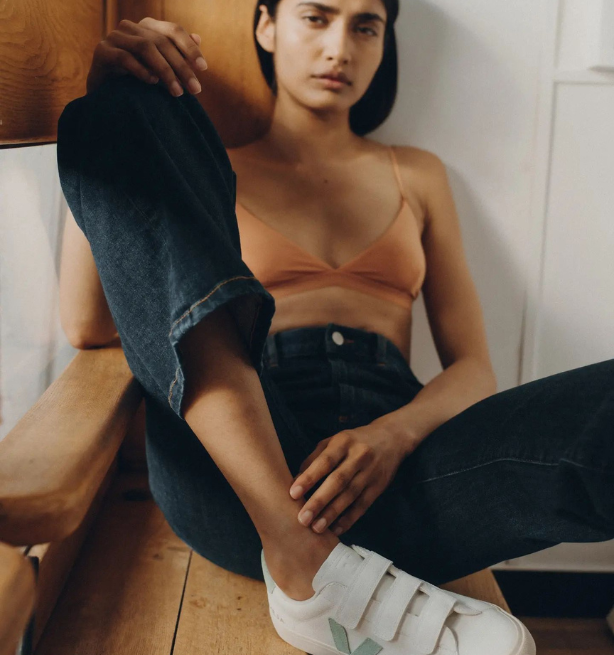This is a guest post from Outland Denim, a business founded to offer opportunity, financial freedom, education and support to women who have come from backgrounds of exploitation or vulnerability. We have long been partnered with Outland Denim due to their absolute commitment to using business as a force for good.
Outland Denim explains the difference between a minimum and a living wage, and why ‘ethically made’ is the bare minimum.
With approximately one in eight working people relying on the fashion industry for their income, and only 2% earning a living wage, the fashion industry is rife with exploitation. With this knowledge, it’s imperative that if and when it is available to us, we support brands who are actively creating a better tomorrow within the fashion industry – including through supporting brands that pay a living wage, not a minimum one.
We live in a world where sites like Ethical Made Easy need to exist, and brands like Outland Denim need to provide transparency throughout the supply chain, as it has become so far from the norm to focus on people and the planet before profit.
Ethical production is not a luxury.
It’s basic human rights.
It’s common sense.
It’s the bare minimum.
So, in order to make it truly easy for you to shop ethically-made products, below we dive into what exactly a ‘living wage’ means, the difference between it and a minimum wage, and a few tips to help you identify brands that pay a living wage and align with your values.
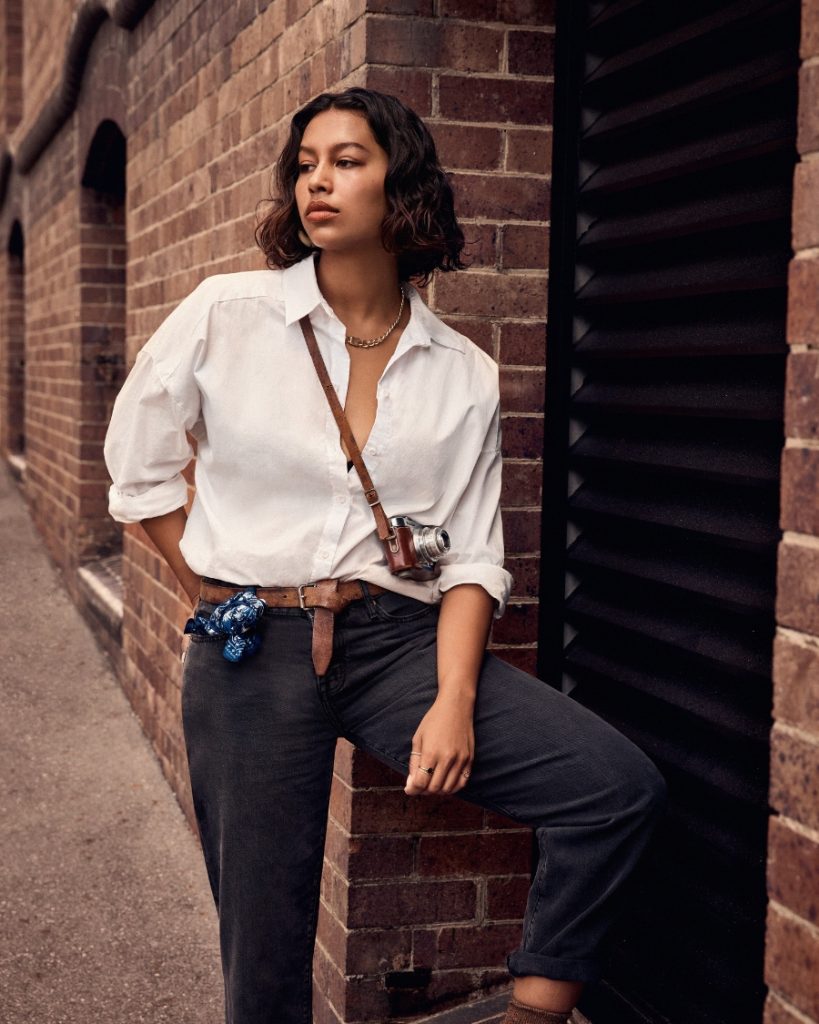
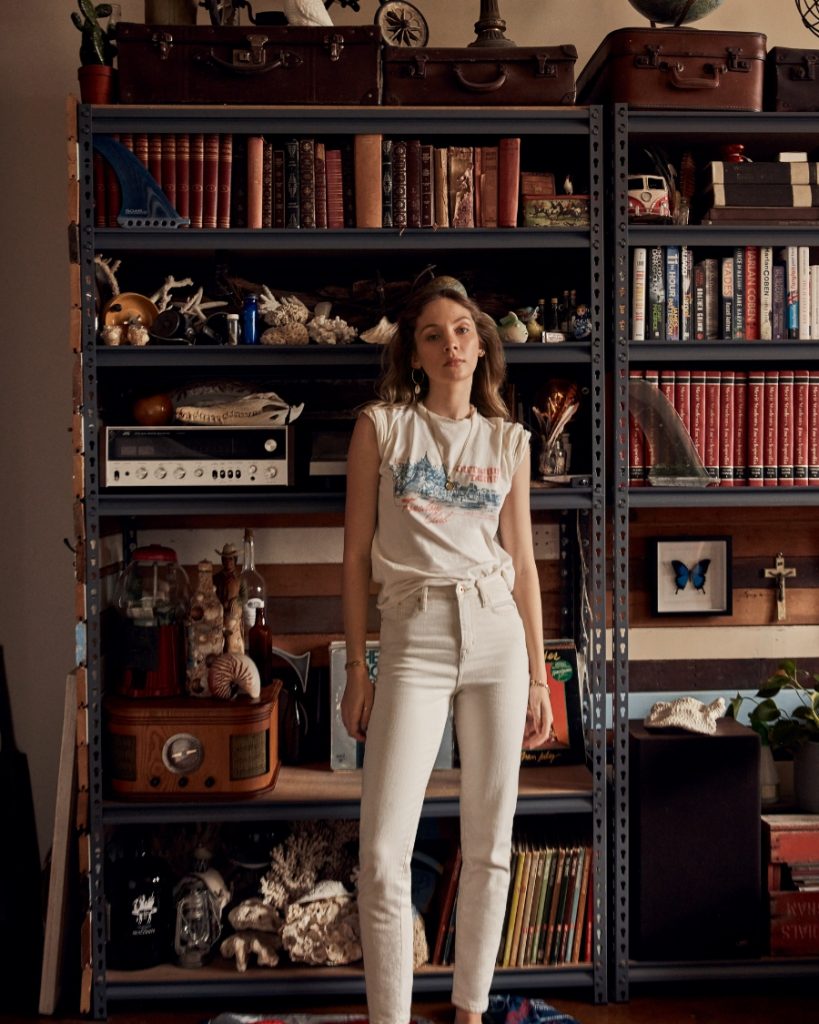
What is a living wage?
A living wage is a wage deemed necessary for a decent standard of living, based on the worker’s local country of residence and employment.
What is a minimum wage?
A minimum wage is the minimum that employers are legally required to offer workers based on the local country of residence and employment.
What is the difference between a living wage and a minimum wage?
Unfortunately, the minimum wage does not always equal a living wage, and minimum wages paid are on average 42% – 55% the amount of an actual living wage.
In fact, in a lot of cases garment workers don’t even receive a minimum wage. According to the International Labour Organisation, around 35% – 40% of workers are not paid the legal minimum wage. (1)
The garment industry as a whole is notorious for its low pay – indeed the pursuit of lower labour costs has driven fashion production to locate in low-income countries. (2)
Poor pay can drive families to send children to work at an early age instead of into education, curtailing their future prospects for getting out of poverty, thus maintaining generational cycles of poverty.
Poor pay also entraps mostly young female garment workers within cycles of “working poverty” with little time or the means to further their prospects and potential through education, skills acquisition or entrepreneurialism.
“Those in precarious work are more likely to be in poverty (3). Without adequate representation or workplace rights, workers are more vulnerable to exploitation and abuse, as well as health and safety violations. This affects both physical and mental health. With no guarantees of income, workers are unable to plan for their families’ future, affecting decisions such as whether to pay for schooling for their children.” – Common Objective (4)
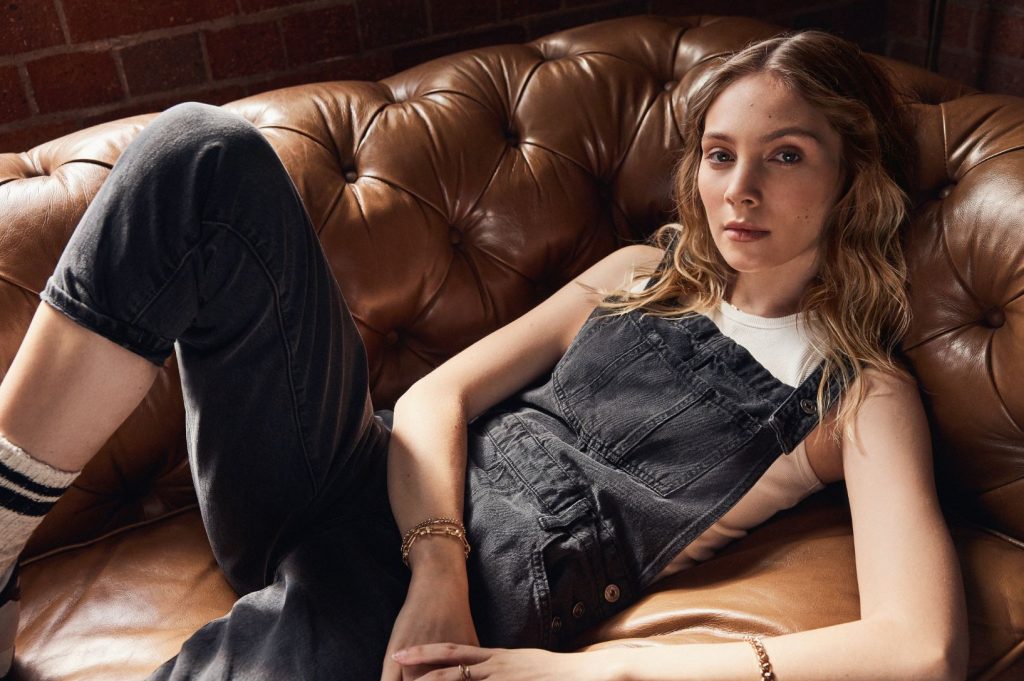
How is a living wage calculated?
As living wages are dependent on the cost of living specific to individual regions, multiple methodologies exist to calculate a living wage.
There is some discrepancy between living wage methodologies, which adds a little to the confusion for brands. There has historically been contention around the Asia Floor Wage, which isn’t country specific and uses Purchasing Power Parity to develop a regional wage standard, and the Anker methodology, which is our preference because of its localisation application.
On a positive note, living wage campaigning, unionisation and international pressure through coalitions of apparel brands working with localised NGOs, the International Labor Organization (ILO) and government can have a positive influence on garment producing countries, thereby lifting the overall standard of living.
According to the Global Living Wage Coalition, the Anker Living Wage Reference Value (i.e. living wage calculation) for Cambodian urban areas is just 13% higher than the official minimum wage that is applicable to the garment, textile, and footwear sectors (the minimum wage does not apply to any other sectors). This means that when applied at the factory level, workers in the garment industry (outside the city) fall 13% short of a living wage overall – inclusive of “prevailing wages” where workers are putting in overtime to achieve their wage. (5)
This does not apply to city areas where garment factories can be concentrated in special districts and where overall the cost of living is considerably higher. So there is still a significant gap to address between the national minimum and the cost of living for city dwelling workers and their dependents. This gap is meant to be filled by a living wage standard, and not by workers performing overtime.
How do I know if the people making my clothes are receiving a living wage?
As a consumer, here are some ways in which you can shop consciously and ethically.
1. Shop with an ethical boutique
Many retailers and boutiques are now doing the research for you and curating their own ethical edits so you can enjoy browsing with ease. Here are just a few that we currently work with:
- Ethical Made Easy
- Good On You
- David Jones Community Minded Edit
2. Look for certifications, endorsements, and policy
Do trusted advocacy organisations/certifications vouch for the brand’s worker rights claims? Here are some resources you can check:
- Oxfam Australia’s Living Wage Company Tracker
- Fashion Checker by Clean Clothes Campaign
- Good On You’s ‘People’ brand rating
- B Corp certification
- Fairtrade certification
3. Seek answers
Does the brand publish their living wages or worker empowerment policy online? If not, Fashion Revolution has a great script that you can email to your favourite brands, requesting transparency in who made your clothes and the working conditions their garment workers experience.
Click HERE to get the template.
How is Outland Denim combating the minimum wage issue?
100% of Outland Denim employees have the opportunity to earn a living wage, and we use the Anker method as the foundation of our living wage methodology. (6)
This method uses data relevant to a specific area or country to help determine what is a decent standard of living, and is made up of three main categories: food, housing, other essential needs, including discretionary spending and future savings.
Our methodology is also customised to take into consideration cultural factors, like average number of household members, ensuring we do not establish wages that can cause inflation in the local economy, and the advice of local NGOs and business owners.
80% of surveyed employees reported education and employment with Outland Denim had helped to improve their financial security. Here is just one story from one of our team members, Panha.
“The biggest change after working with Outland is my financial situation. I can earn money and have to save some for my future needs. And can send my daughter to school. I can eat and go for a holiday when I want to because I have money. Thank you.”
Further Reading
- Ethical Made Easy “Why a higher price point does not mean it’s ethically made.”

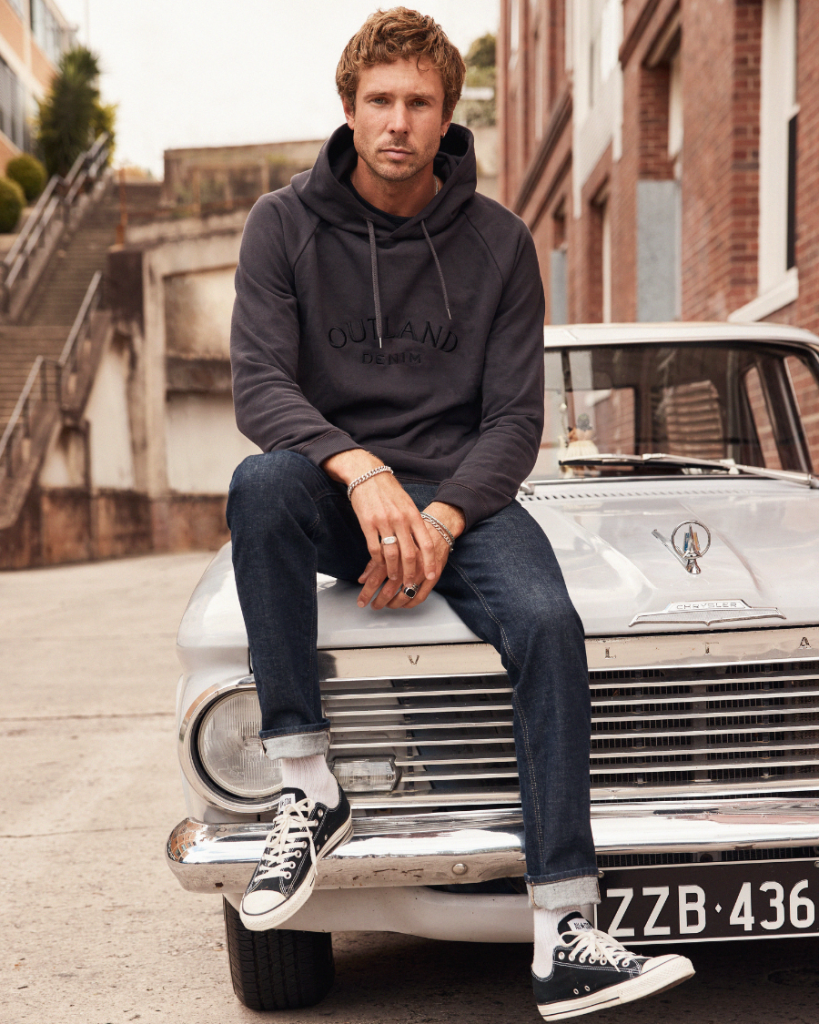
Shop Outland Denim and enjoy 10% off with the code ‘EME’
References
- https://www.commonobjective.co/article/poverty-and-pay-in-the-fashion-industry
- https://www.commonobjective.co/article/poverty-and-pay-in-the-fashion-industry
- https://www.oecd-ilibrary.org/employment/in-it-together-why-less-inequality-benefits-all/non-standard-work-job-polarisation-and-inequality_9789264235120-7-en
- https://www.commonobjective.co/article/fashion-and-employment-decent-work
- https://www.globallivingwage.org/wp-content/uploads/2022/01/Urban-Cambodia-LW-Reference-Value-2021.pdf
- https://www.globallivingwage.org/wp-content/uploads/2022/01/Urban-Cambodia-LW-Reference-Value-2021.pdf
- https://www.globallivingwage.org/anker-living-wage-and-living-income-reference-values


